Hello!
My name is Tom Reilly. I was driven to share my passion for history and warbirds with the world and began writing The Warbird Watcher in 2013, nearly ten years ago. I am now the President of Hadley Rille Watches. An American company that crafts small batches of precision watches in Switzerland.
This is my story.
In 2009, when I was ten years old I had my first brush with a World War II fighter plane, a North American P-51 Mustang. Historians argue that this single aircraft, a true collaboration with an American designed airframe and British Rolls-Royce Merlin V-12 engine, turned the tide of the war in favor of the Allies. Seeing this aircraft would change the course of my life.
I became fascinated with aviation, history, and all things mechanical. I researched historic aircraft and idolized the pilots who flew them. When I was 16 I began taking flying lessons and flew solo soon after. At 17 I earned my Private Pilot Certificate and was off and running on a path to fly the world’s most advanced aircraft.
Everybody needs a great watch and as a new pilot I was no exception. I became fascinated with classic pilot’s watches and set out to create a contemporary yet timeless pilot watch that my aviation heroes would have been proud to wear. Hadley Rille was born out of my admiration for the pioneers and a deep appreciation for the precision engineering and craftsmanship that took man from Kittyhawk to the Moon in less than a century. We started with a sketchbook and a clear vision, to create a precision tool watch fit for any occasion whether in the cockpit or the boardroom. The Escadrille 43 combines robust durability and high grade finishing with the heritage and spirit of adventure.
Our passion for aviation, adventure, and exploration drives everything we do. We are proud to be an American company crafting small quantities of precision watches in Switzerland for those with a sense of adventure who push boundaries and expand the envelope and are excited to have you join us on this journey.
Visit Hadley Rille for more information about how to pre-order the Escadrille 43
-Tom Reilly, Hadley Rille
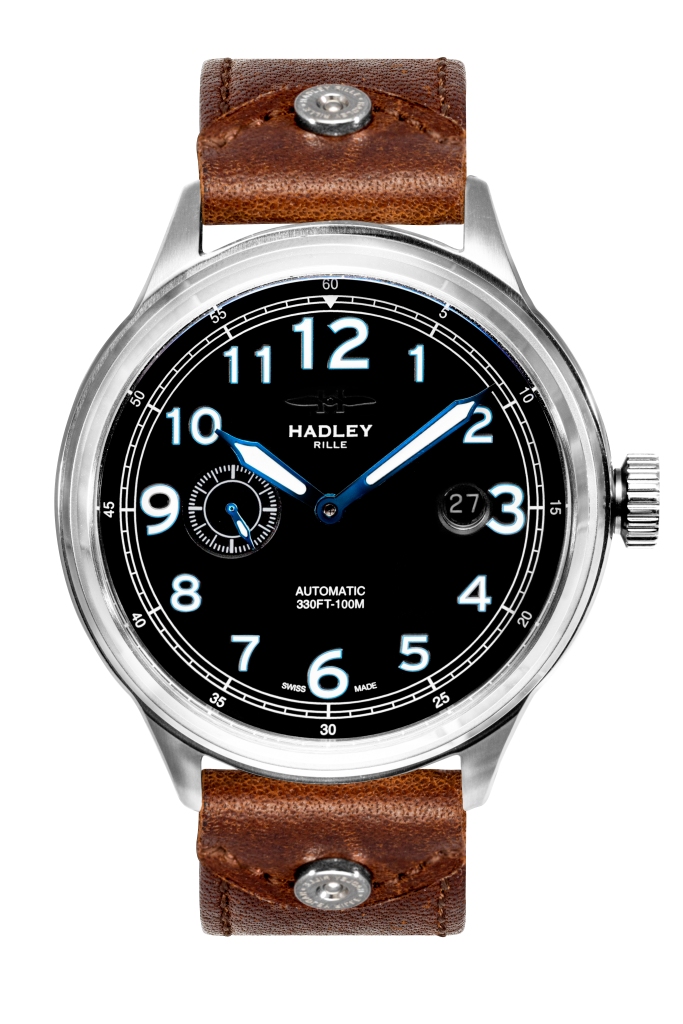




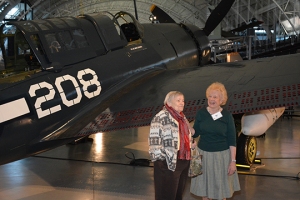
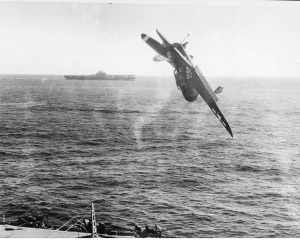
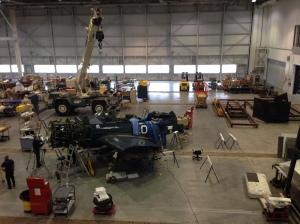
 The Commemorative Air Force (CAF) owns a Republic P-47N Thunderbolt painted as “Lil’ Meaties Meat Chopper”. The original “Meat Chopper” served with the 464th FS/507th FG based on Ie Shima in 1945. In 2002 , the CAF’s P-47 was involved in an accident. The aircraft caught on fire during a maintenance test flight and made and emergency landing at Albuquerque International Airport in New Mexico where it had taken off from not long before. (
The Commemorative Air Force (CAF) owns a Republic P-47N Thunderbolt painted as “Lil’ Meaties Meat Chopper”. The original “Meat Chopper” served with the 464th FS/507th FG based on Ie Shima in 1945. In 2002 , the CAF’s P-47 was involved in an accident. The aircraft caught on fire during a maintenance test flight and made and emergency landing at Albuquerque International Airport in New Mexico where it had taken off from not long before. (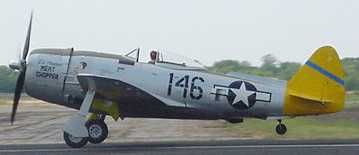 they were holding a fundraising campaign for this P-47. The CAF’s goal is to conduct further structural surveys of this Thunderbolt to determine what it will need for its return to flight. “…Tremendous work has been completed in restoring the aircraft to flying condition, with the fuselage repaired, a new canopy and windshield fitted, the control surfaces rebuilt and painted, and a replacement wing located and purchased.”
they were holding a fundraising campaign for this P-47. The CAF’s goal is to conduct further structural surveys of this Thunderbolt to determine what it will need for its return to flight. “…Tremendous work has been completed in restoring the aircraft to flying condition, with the fuselage repaired, a new canopy and windshield fitted, the control surfaces rebuilt and painted, and a replacement wing located and purchased.”
Recent Comments